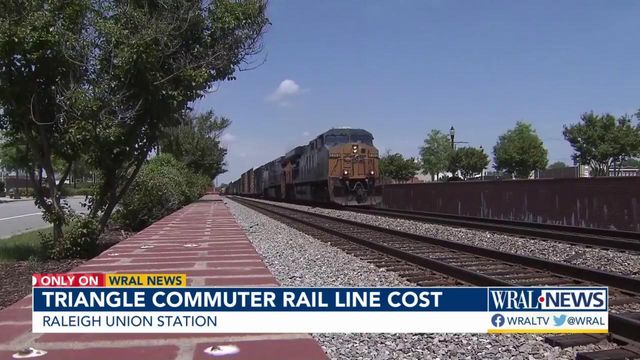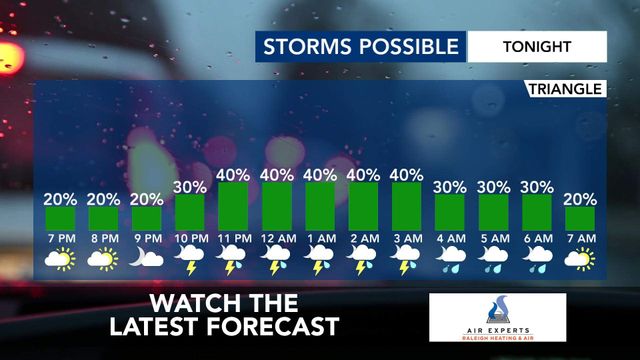US announces $35 million boost for Wake County bus transit project
The federal government awarded millions more dollars to the city of Raleigh to help design and begin construction on a new rapid bus transit system that would connect downtown Raleigh and eastern Wake County.
"From beginning to end, it connects key locations in our community, provides access for low-income residents, senior citizens and other underserved populations to major employers and medical facilities," said U.S. Rep. Deborah Ross.
The funding from the federal government will go toward the New Bern Avenue Bus Rapid Transit, which is a specific bus route that hopes to branch WakeMed in downtown Raleigh with New Hope Road.
This bus route is one of many under the Wake County Transit Plan.
While the federal government support is helpful for the massive undertaking, the majority of funding for the county's transit plan comes from increasing local sales taxes, according to planning documents from the county. That tax was approved by voters in 2016 as part of the Wake County Transit plan.
The increased tax collection began in 2017, according to the planning documents.
The amount of expected revenue coming in to fund the project this year is between $120 million to $140 million.
In addition to improving equity and giving people access to transportation who otherwise wouldn't have access to it, county transportation officials hope to decrease congestion on the roads.

A projection from the county shows that by 2035, the majority of Raleigh's major intersections, roads, highways, and portions of Interstate 40 and Interstate 440 will be above capacity. This is particularly true in areas with no access to the county's public transit, according to the county's planning documents.
The transit plan says that while Wake County is growing, there are not many parts of the city that have a high population density, making public transportation options more complicated.

It's can be complicated and difficult to connect low-density areas and suburbs with the city, planning documents show.
"It is important to recognize that areas without some level of population and employment density may not provide an environment where fixed-route transit can generate enough ridership to succeed," the documents state.
According to a county-wide transportation survey from 2020, only about 1% of the county's residents take public transit, with the majority saying they drive alone. Survey results found that most Wake County residents said they were willing to walk up to a half a mile to get to a bus stop.
The Wake Bus Rapid Transit program is expected to add 10 new bus stations and seven new buses to Wake County. Construction is projected to end in winter 2025.













